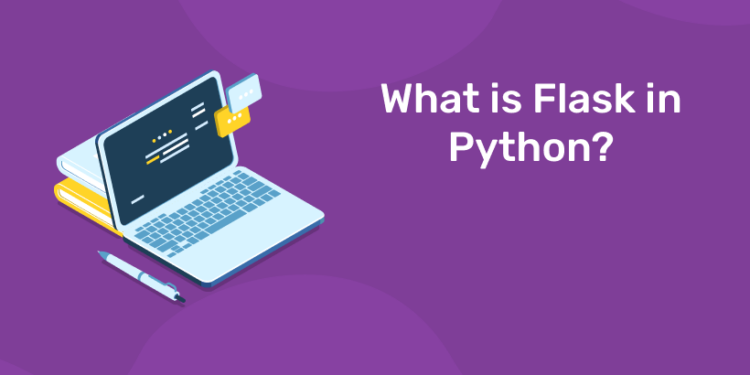Table of Contents
What is Flask?
1: Which of the following data types is immutable in Python?
In simple words, Flask is one of the popular frameworks of Python, similar to the Django framework. However, before we get deep into this topic, let’s look into what web frameworks are.
While writing complex code, programmers do not have enough time to write low-level codes continually. So they use valuable features such as frameworks that deal with low-level concepts such as thread management, protocols, etc. Flask is one such framework.
Flask is built on the Werkzeug WSGI toolkit and Jinja2 template engine, both of which are Pocoo products.
“Ready to take your python skills to the next level? Sign up for a free demo today!”
🚀 Start Coding Today! Enroll Now with Easy EMI Options. 💳✨
Gain expertise in Django and open doors to lucrative opportunities in web development.
Start Learning With EMI Payment OptionsHow to use Flask
To use Flask, one needs to install it. Flask is compatible with Python 2.6 or the higher versions.
Installing Python Flask
To install it, you must first create an isolated environment for it, and this is achieved with the help of a virtual Python environment builder called virtualenv.
virtualenvhelps users create multiple environments side by side and allows you to work on numerous projects simultaneously on the same machine.
To install virtualenv on windows:
pip install virtualenv
After installing, the environment is activated using the following:
venv\scripts\activate
To install virtualenv on Linux:
Sudo apt-get install virtualenv
After installing the environment is created in,
mkdir newproj
cd newproj
virtualenv venv
After installing, the environment is activated on Linux using the following:
venv/bin/activate
After the above steps, finally, Flask is installed in Python using,
pip install Flask
To test whether Flask is installed in the editor:
from flask import Flask
app = Flask(__name__) # Flask constructor
@app.route('/')
def hello_world():
return 'Hello World’
if __name__ == '__main__':
app.run()
In the above code,
- The current module’s name
(__name__)is passed as an input to the Flask function Object().
- The Flask class’s route() function is a decorator that instructs the application which URL should be used to call the related function.
app.route(rule, options)
- The rule parameter represents the function’s URL binding.
- The parameters to be passed to the underlying rule object are listed in the options.
- Since in this code, the URL ‘/’ is bound with the function
hello_world(), the output of this function will be released when the homepage of the webserver is opened in the browser.
What is Flask Used For?
It offers a plethora of features to developers looking forward to building complex web or mobile applications. With the help of Flask, you can build blogging platforms, content sites, and many more complex applications.
To start the flask application, we use the run() function:
app.run()
The above code is used to start the function, but while working on a code and making changes, the server must be reloaded on its own. But, the server does not reload on its own but manually. To avoid such minor inconvenience, we use the debug property.
Using the debug property, the server reloads on its own at every code change and will also help in tracking errors.
The debug property is added as follows:
app.debug = True
app.run()
app.run(debug = True)
Routing:
Another primary reason to use Flask is for its routing property.
For the users to not confuse with the URLs, web frameworks provide routing techniques helping the user remember the URLs.
Navigating directly to a web page without leaving the Home page by using routing is possible.
This is achieved by the route() decorator that binds the URL to a function:
@app.route('/hello')
def hello_world():
return 'hello world'
The hello-world() function is connected to the URL ‘/hello’ rule. As a result, when a visitor hits http://localhost:5000/hello, the browser will display the output of the hello world() function.
Why Use Flask?
You may use it to construct complicated and straightforward web applications and applications that are integrated with machine learning algorithms. Developers can make use of their lightweight framework to:
- Integrated support for unit testing
- Support for secure cookies
- Create APIs easily
- Supports Visual Debugging
- Can be integrated efficiently with all the major databases integrate easily with complex databases
- Use Ninja Templating Engine
Also, it is easier to grasp compared to other frameworks.
“Experience the power of our web development course with a free demo – enroll now!”













